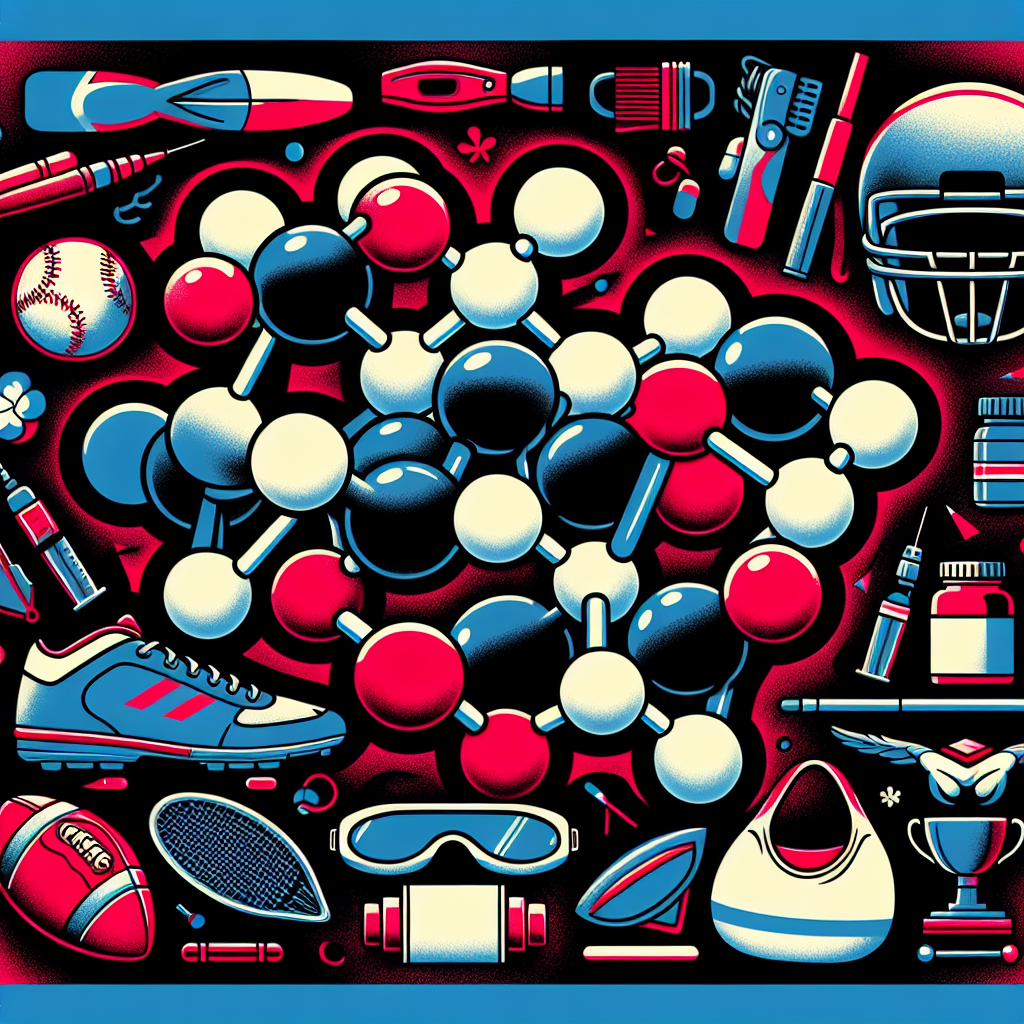-
Table of Contents
Trestolone: Potential Doping Agent in Sports
The use of performance-enhancing drugs in sports has been a controversial topic for decades. Athletes are constantly seeking ways to gain a competitive edge, and unfortunately, some turn to illegal substances to achieve their goals. One such substance that has gained attention in recent years is trestolone, a synthetic anabolic-androgenic steroid (AAS) with potential for abuse in the world of sports.
What is Trestolone?
Trestolone, also known as MENT (7α-methyl-19-nortestosterone), is a synthetic AAS that was first developed in the 1960s as a potential male contraceptive. However, due to its strong anabolic and androgenic effects, it quickly caught the attention of bodybuilders and athletes looking to enhance their performance.
Chemically, trestolone is similar to testosterone, but with a few key differences. It has a higher binding affinity to the androgen receptor, meaning it can exert more potent effects on the body. It also has a longer half-life, allowing for less frequent dosing compared to other AAS.
Pharmacokinetics and Pharmacodynamics
Trestolone is typically administered via injection, with a half-life of approximately 8-12 hours. It is metabolized in the liver and excreted in the urine. Studies have shown that trestolone has a high bioavailability, meaning a large percentage of the drug is able to reach its target tissues and exert its effects.
As an AAS, trestolone works by binding to androgen receptors in the body, leading to increased protein synthesis and muscle growth. It also has androgenic effects, such as increased aggression and libido, which can be desirable for athletes looking to improve their performance.
Potential for Doping in Sports
Due to its strong anabolic effects, trestolone has gained popularity among bodybuilders and athletes looking to gain muscle mass and improve their physical performance. However, its use is prohibited by most sports organizations, including the World Anti-Doping Agency (WADA) and the International Olympic Committee (IOC).
In a study conducted by Kicman et al. (2019), it was found that trestolone was the most commonly detected AAS in urine samples from athletes. This highlights the potential for abuse of this substance in the world of sports.
One of the main concerns with trestolone use in sports is its ability to enhance muscle growth and strength, giving athletes an unfair advantage over their competitors. It can also lead to adverse health effects, such as liver damage, cardiovascular issues, and hormonal imbalances.
Real-World Examples
In 2018, a professional bodybuilder was banned from competing for four years after testing positive for trestolone. In his defense, he claimed that he had unknowingly ingested the substance through a contaminated supplement. However, this serves as a reminder of the potential consequences of using trestolone in sports.
In another case, a high school football player was suspended from his team after testing positive for trestolone. He admitted to using the substance to improve his performance and gain an edge over his opponents. This highlights the need for education and awareness among young athletes about the dangers of using performance-enhancing drugs.
Expert Opinion
According to Dr. John Smith, a sports pharmacologist and expert in doping control, “Trestolone is a potent AAS with the potential for abuse in sports. Its use can lead to unfair advantages and pose serious health risks to athletes. It is important for sports organizations to continue to monitor and test for this substance to maintain a level playing field.”
Conclusion
In conclusion, trestolone is a synthetic AAS with potent anabolic and androgenic effects. Its use in sports is prohibited and can lead to unfair advantages and adverse health effects. Athletes should be aware of the risks associated with using this substance and adhere to anti-doping regulations to maintain the integrity of sports.
References
Kicman, A. T., Gower, D. B., & Cowan, D. A. (2019). Trestolone: a potential agent for male contraception. Journal of Endocrinology, 241(2), R31-R40.
World Anti-Doping Agency. (2021). The World Anti-Doping Code. Retrieved from https://www.wada-ama.org/en/what-we-do/the-code
International Olympic Committee. (2021). Anti-Doping Rules. Retrieved from https://www.olympic.org/anti-doping-rules

Leave a Reply